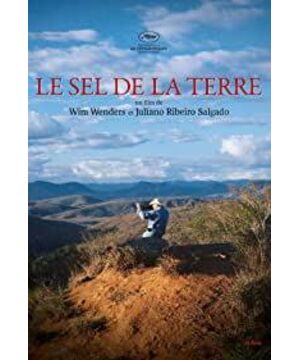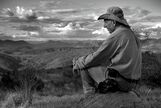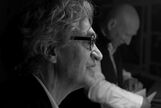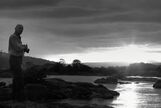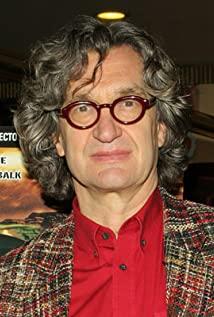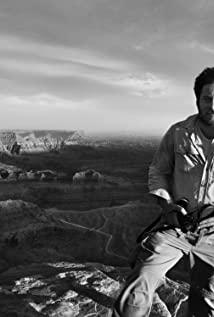Wenders, as the director, filmed Salgado as the photographer, which in itself constitutes an interesting nest, and the photographer himself becomes the subject of being photographed at the same time. In the film, Salgado's vicissitudes of life will appear on his black and white photos from time to time, as if the face of a customer outside the window emerges through the window glass, which makes him the author and the object, the observer and the observed. The identities overlap.
From Exodus to Genesis, Salgado’s spiritual transformation is actually quite understandable. From the recorder of suffering, the excavator of the dark side of human nature, to the developer of human creativity and the remodeler of nature, from the compassionate but powerless. The role of angel is transformed into the role of creator who can create new life. As a photographer, he has completed the transformation of positioning and pursuit. I have to admit that his social documentary photography is much more powerful than natural scenery photography, probably because it contains profound contradictions that only human nature has, and a strong sense of conflict between people and the environment. His nature photography explores more of the natural scenery in its original state, and the angle of the station (whether it is the actual shooting altitude or the abstract field of view) is much higher. The original nature under the lens is full of unique and harmonious beauty, and the sense of conflict often occurs after humans exert their influence on nature. Shooting natural scenery, for the photographer's life track, may indicate that photography has become more of a means than an end. What is more important to him has become to practice the identity of a creator, to use actions to reshape the beautiful nature and exert a positive influence, rather than simply pierce and record the darkness of mankind. The position of the photographer has changed from the recorder to the creator, so for him personally, the value of the photo may not be the most important thing, the creation itself is.
This also raises a question, that is, is art an end or a means? Is the value of art itself worth having a higher purity than real life? Pursuing the value of art is more worthwhile than using practical actions to influence and create the world? In order to get the best expression and artistry in an ugly photo, should the photographer try not to interfere with his subject, but only faithfully pursue the extreme of the record itself? I think this should be related to the theory of documentary films. There are a lot of lessons that need to be made up, not just talking about it.
View more about The Salt of the Earth reviews


